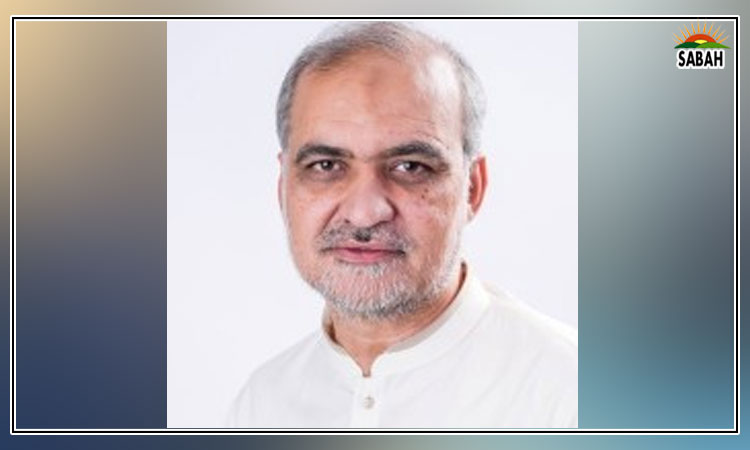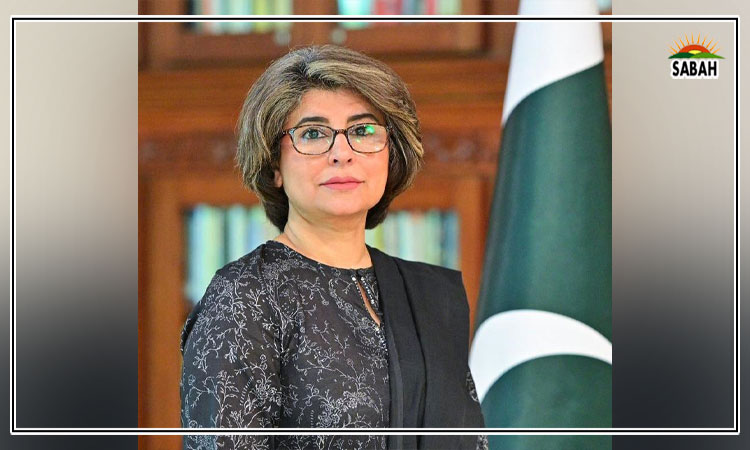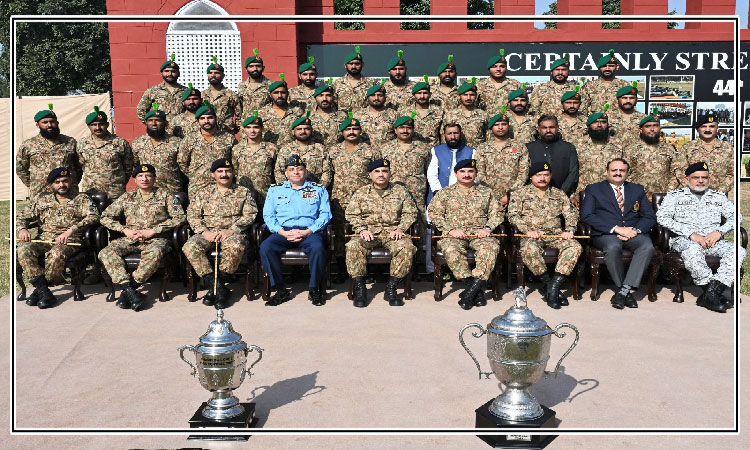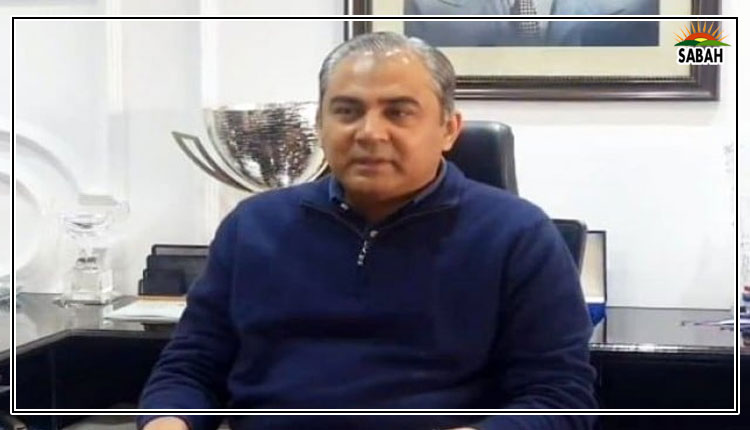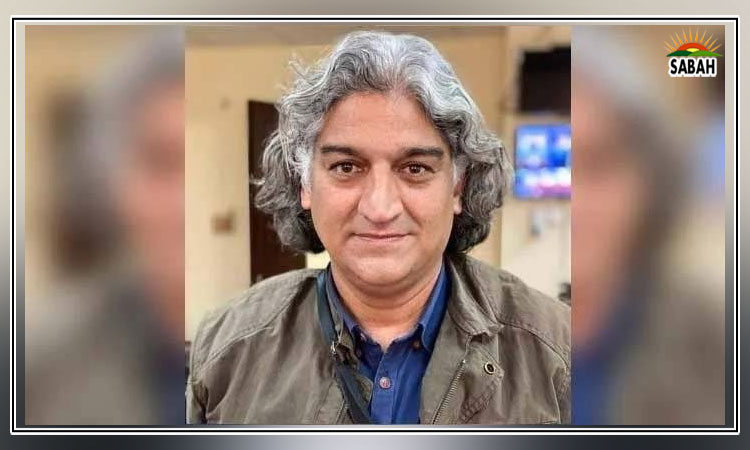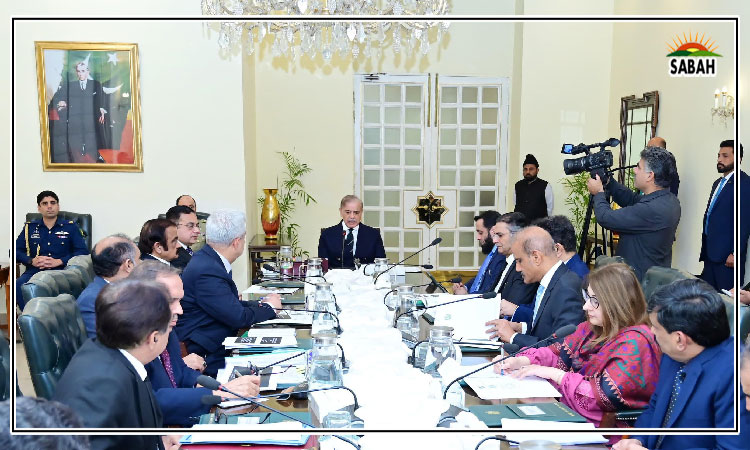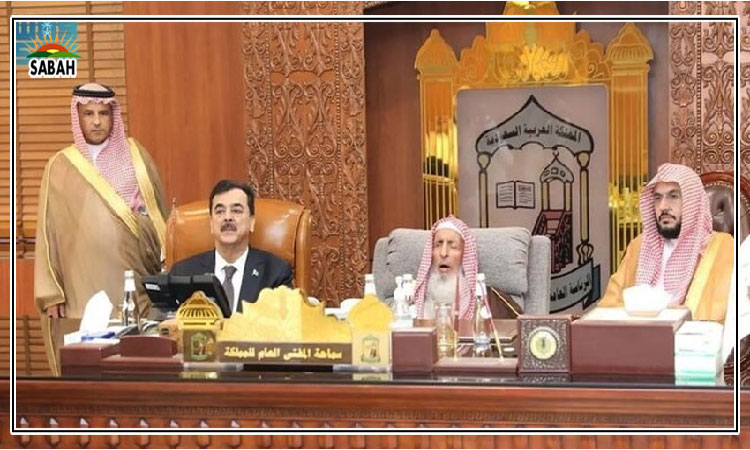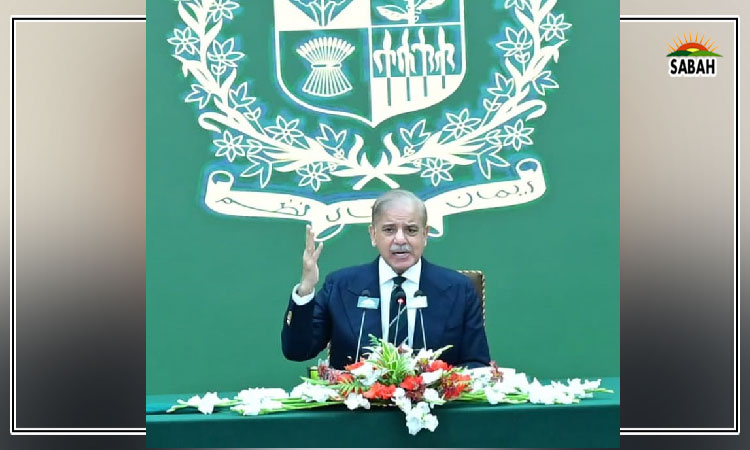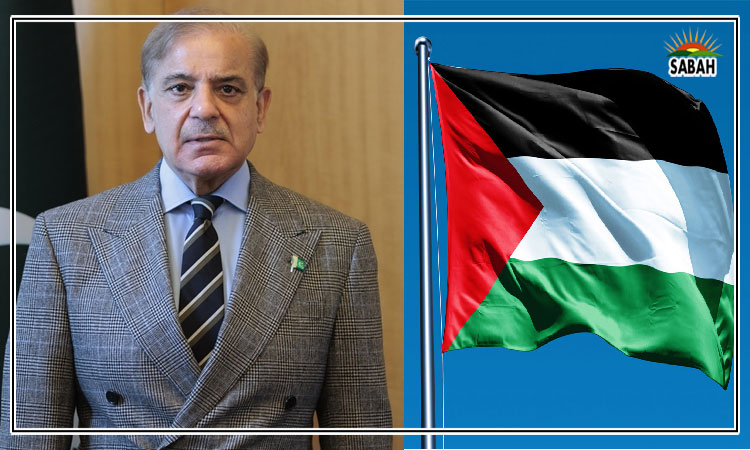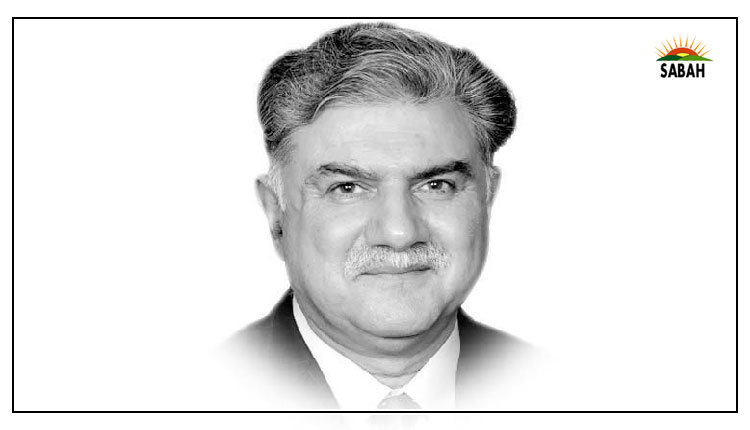War termination strategy — armistice in Ukraine۔۔۔Inam Ul Haque
George Clemenceau, the French Prime Minister in 1919, famously said that making peace is harder than making war. Because the loser does not easily accept defeat and the victor finds it hard to make concessions. Nudging the war in Ukraine towards supposedly decisive victory for any side is not likely and even if probable, it would never result in enduring peace, if history is any guide. That said, the complexity of this conflict points towards a possible resolution, that of armistice. The US and European policy establishment is abuzz with the talk of a likely armistice these days…as the trumpeted Ukrainian Army (UA) counteroffensive is bogged down in the trenches of Eastern Ukraine, reminiscent of World War-I.
The Western press is replete with article after article about the ineffectual combined arms training (6 to 8 weeks) imparted to UA by the US/NATO forces, lack of equipment integration, faulty tactics demonstrated through frontal assaults and less than optimal coordination etc. This notwithstanding, even if the counteroffensive makes progress, the operational gains would most likely not upset Russias security calculus, as argued in my writings during last two weeks.
For practitioners of modern warfare, war termination strategy is inherent in war-gaming of a conflict. However, the entailing fog of war and the injection of various unforeseen variables, might make sticking to such a strategy difficult, if not impossible.
An armistice is defined as temporary stopping of open acts of warfare by agreement between the opponents: a truce. Warring sides agree to a ceasefire and a formal agreement is signed to end fighting, without formally ending the war. Armistice usually leads to negotiations for a lasting peace. Both Koreas and their Allies have been under armistice on the Korean Peninsula since 1953, with conflict frozen around 38th Parallel.
Certain euphemisms about wars any wars make the following plain truths. First, a prolonged conflict imposes dreadful and bitter costs on both sides, hastening the culminating point of the weaker side. That makes Ukraine more vulnerable. Second, in this age of declining military spending in Europe, arming, re-arming, and bolstering UA and keeping Government in Kyiv afloat require diligent preparations, resource mobilisation and spending. This warrants keeping European societies functioning and the war machine going, rather than merely boosting UAs firepower in combat. And that is costly. Third, wars are ever dependent upon access to resources besides attrition of the enemy resources. Russian Armys (RA) systematic decimation of Ukrainian economy targeting cities, power grids, infrastructure, exports (grain), etc are some instances. Fourth, armies/states historically keep fighting despite the inevitability of defeat.
Fifth, just like in both World Wars, leaders gamble upon quick and decisive wars/victories to rejuvenate their countries, and their political prospects. President Putin is no exception. Sixth, leaders may wage war, motivated by emotions, pride or fear, for example, despite its known costs. Russia again is a case in point. In this case, the West ignored Putins fears of encirclement by NATO, and his desire to save Ukraine from western decadence, restoring it back to Slavic family. Ignoring Putin was to deride the Russian national pride. Western, especially the US policy establishment needs to be sensitive to how other world leaders perceive issues, their countries, and their histories.
Seventh, leaders may stick to the symbolism of military objectives (Verdun, Iowa Jima, Pacific Islands, Karangal Valley, etc) despite no operational logic and enormous cost. A ruined town of Bakhmut reportedly caused around 100,000 Russian casualties including 20,000 killed. Prolongation of war enhances the instances of such irrationality. Eighth, any spike in the quality and quantity of US/NATO support to Ukraine increases the risk of escalation from Moscow. From initial skepticism about long-range systems, today Kyiv has tanks, latest artillery, robust C5ISR support and even F-16s on the horizon. A cornered Putin at some stage may escalate Russian response as in truism, Ukraine is Russias core national interest.
And finally, taking positions not supported by dynamics of the conflict and ground realities may be costly, if and when there are no compromises. Ejecting RA from the entire Ukrainian territory is a cherished nationalistic goal, as articulated by President Zelensky, but it may not be attainable militarily without dangerous escalation. Likewise, although Moscow seems to have curtailed its Military aims and objectives, some more flexibility during negotiations would be helpful to peace.
Foreign Affairs Magazines July-August 2023 issue contains a riveting discussion on the course of war in Ukraine as surmised in this discourse. From its inception, the endgame or war termination strategy in this war has been nebulous at best. And as alluded to, no side has the capacity to impose its will on the other side through a decisive military victory; therefore, combatants especially Ukraine must think of its unsustainable attrition, irrespective of what Washington and/or NATO hawks might want. It is Ukrainians who are dying. Similarly, the US and its allies must also shift from warfighting to war-termination. Linking parleys to the outcome of counteroffensive would result in more attrition, as even major success of the cited offensive (doubtful) would not alter Russian security calculus drastically, as argued last week. And territorial conquest or reconquest never leads to war-termination.
For armistice talks to commence, Ukraines position is definitive (total withdrawal of RA), while Moscow has maintained ambiguity. A likely armistice may freeze the conflict along the (then) line of control/contact, as ceasefire line. The fighting and talking generally continues simultaneously while armistice is negotiated, because agreeing to final terms after grueling talks is time-taking. Fighting continued during Korean armistice negotiations and during Doha parleys between the Islamic Emirate of Afghanistan and the US.
It is time to start talking, as it does not inhibit both sides from employing coercion and diplomacy simultaneously. Waiting for the right time to start negotiations would only exacerbate suffering. The armistice process takes time; in the Korean case, 575 meetings and two years.
Likewise, enhancing Ukrainian security through NATO membership analysts feel would make the process unattractive for Russia. Besides, such membership undermines Allies own objective of avoiding war with Moscow. Armistice reduces that risk drastically.
The consequences of this European war transcend globally, as it upends the world economy through soaring food prices, volatility in energy markets, disruptions in supply chain, and the conflicts enormous and incalculable political, social and psychological costs etc.
Courtesy The Express Tribune


